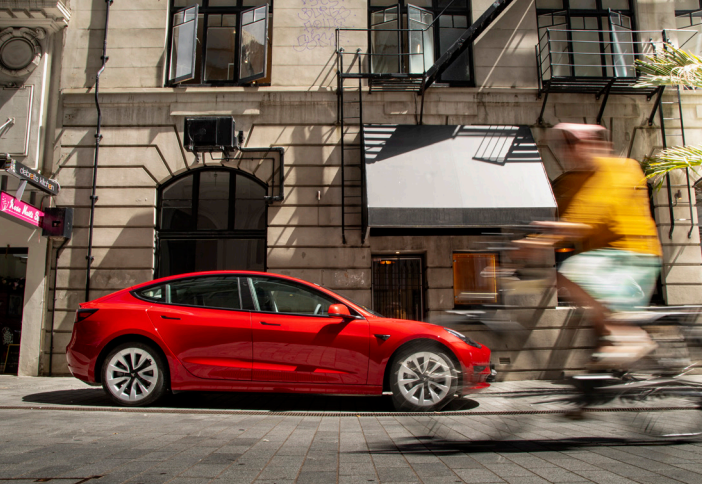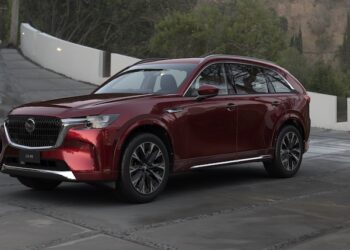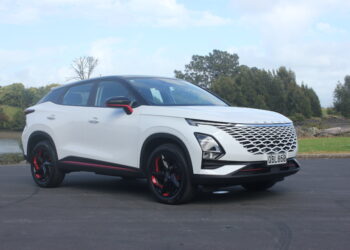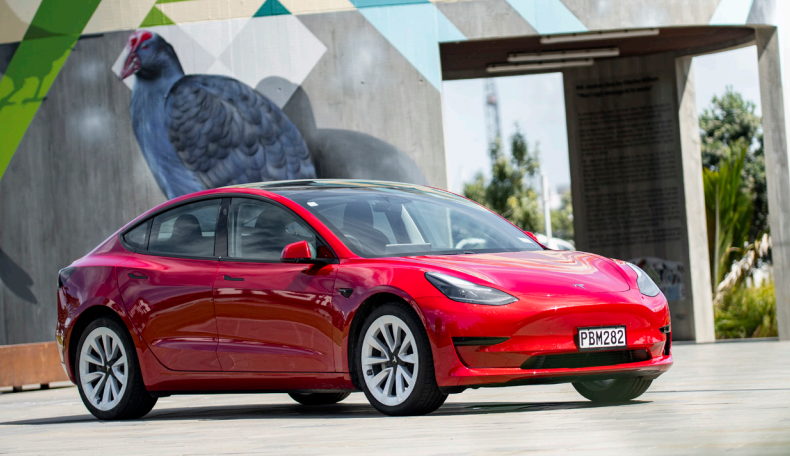
If one vehicle has been a winner from the Government’s Clean Car Discount, it’s the Tesla Model 3.
People in their hundreds are ordering the “entry level” standard range model.
At $66,900, the Model 3 is already sharply priced. At least it was.
Since writing, two price increases have seen the car rise in cost to $72,400, though arguably that’s still “value” pricing.
The car we tested had a few options added – well, two to be specific – the lovely red paint is $3300.
Otherwise, you’re looking at white as the free colour choice – and an upgrade to 19- inch wheels is $2500.
I would pay for the paint, but not the wheels; I prefer the standard 18-inch units.
If you order now, aside from a five-to-seven month wait, you do get some new items Tesla has added quietly.
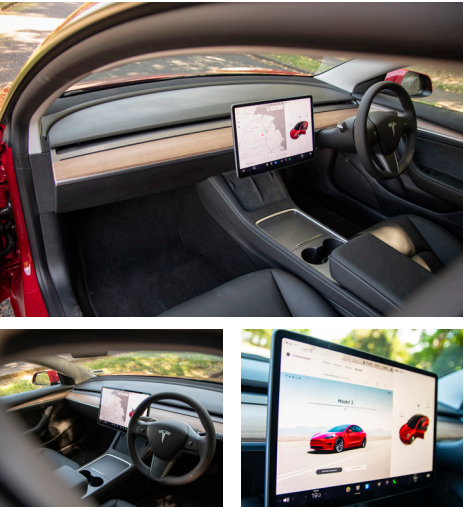
The first is a new battery, now with 60kW of usable capacity. Being a made in China battery, it’s also of the more durable iron cathode type.
What else is new? The onboard house battery switches to a lighter lithium unit, there is a new, faster AMD Ryzen processor in the Infotainment unit, dual wireless phone charging, and this is probably not that important in New Zealand, heated windscreen wipers.
The frunk can carry 85 litres, but to me is still a little hard to access for regular use; it’s better for housing charging cables and seldom used things.
The boot, which closes electrically, can take 425 litres – solid for this kind of car, but the opening is still a little tight.
The front cabin continues to be dominated by the giant 15.4-inch screen. It’s heavily updated since I last drove the 3 and works more logically in that you swipe down from pretty much everywhere to get back to map mode.
There’s still no Apple Carplay or Android Auto, but it’s so slick it doesn’t matter.
You do everything from here, from basic vehicle controls to playing games. Having not used the system for a while I can’t honestly tell if it’s an improvement, but system response is quick and buttery.
A bonus is the Sentry mode, which allows you to insert a USB drive and record events around you.
For fleets, that saves buying drive cameras, and you can also work out who to blame for that parking dent.
The front seats are electrically adjusted and heated, and decently comfortable, though I found I slumped left to view the screen. They do get ultra-hot when parked, so stubbie wearers, be warned.
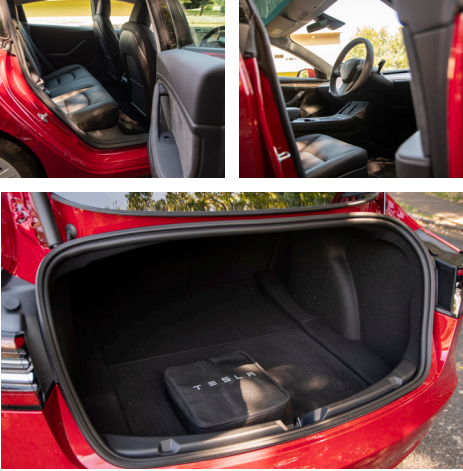
The back seat isn’t the most spacious but once in is comfortable enough for people under six feet. There’s ISOFIX, but the low roof made it awkward for us to install our larger car seat.
So what is it like to drive?
Tesla has done an unusual thing with this update and made the 3 slightly slower. The 0-100km/h time goes from 5.3 seconds to 6.1.
It’s a bit irrelevant. With 211kW and 450Nm on tap, this is still a rapid thing. It steers well too, with quick response through the wheel, good feel and weighting.
The brakes are good and the ride pretty comfortable, though I would stick with the standard 18-inch wheels for a little more comfort.
I was worried with so much torque that the rear-wheel drive model would be a handful, but it’s not.
The stability systems give you no sense of ever losing traction to the point where it doesn’t feel particularly rear-wheel drive – but not in a wrong way.
AUTO PILOT
Tesla’s suite of driver assistance is excellent. On main highways and traffic jams this thing pretty much drives itself.
On dual-lane roads, it’s best in the market as well. Just get comfortable with it taking a slightly wider line than a human driver. Full self driving – at this stage – is simply not worth the $11,000 spend.
Range is said to be 491km WLTP. That’s ambitious. Expect a solid 350km on the open road – still amazing for a vehicle this size and price.
It is a fast re-charger too, with a peak of 170kW on some super-charger and hypercharger units but expect to see 130kW in most conditions.
So, do I recommend the Tesla Model 3? Oh yes. This is the logical EV to buy, and with a net price of under $65,000, it’s pretty much a bargain.
